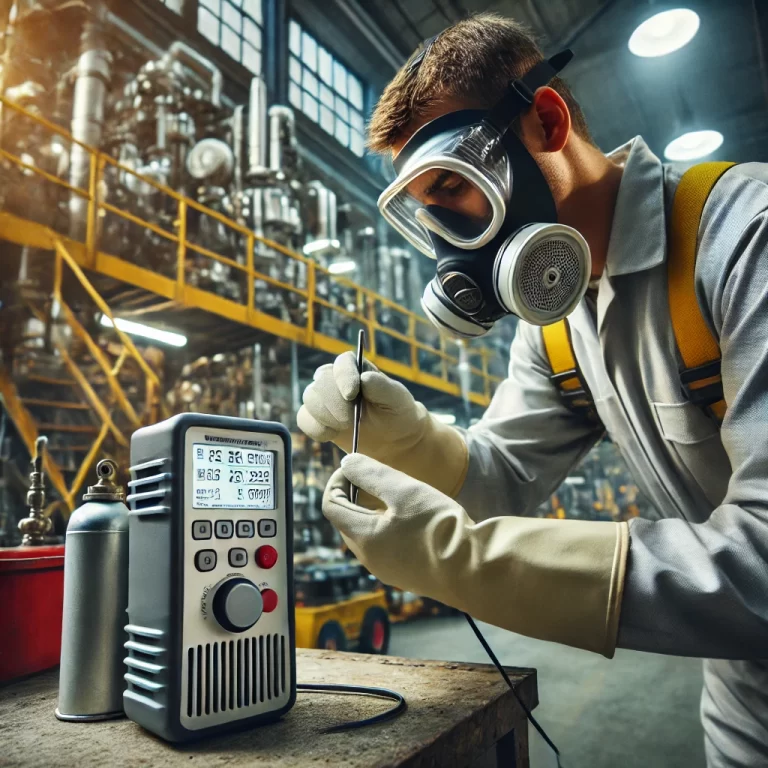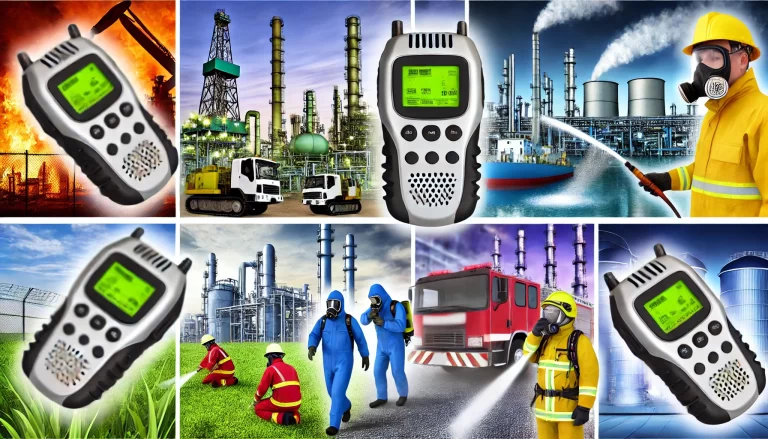Overview
The selection of the appropriate installation height for detectors is critical, as it directly impacts their accuracy and lifespan. To ensure optimal performance, various factors must be considered for each type of detector. This guide provides detailed recommendations for installation heights and important precautions for several commonly used detectors.

1. Curtain Infrared Detector
Recommended Installation Height:
Approximately 2.0 to 2.2 meters above the ground.
For indoor security applications, installing at 2.2 meters provides better coverage for human activity zones.
Precautions:
Do not install the detector facing windows to avoid interference from complex outdoor environments and lighting conditions.
Ensure the detection range is free of obstructions such as screens, furniture, or large potted plants.
Avoid installing multiple infrared detectors in the same space to prevent interference from simultaneous triggers.
Do not place the detector facing sources of rapid temperature changes, such as windows, air conditioners, or heaters, to minimize false alarms.
Allow a 5-minute initialization period after turning on the detector before setting it to active mode. Additionally, the detector requires a few seconds to confirm detected movement, reducing false or missed alarms.
This type of detector is for indoor use only and should not be installed outdoors.

2. Combustible Gas Detector
Recommended Installation Height:
Heavier-than-air gases: Install the detector 0.3m to 0.6m above the floor.
Lighter-than-air gases: Install within 2.0m above the gas source.
Slightly heavier-than-air gases: Install 0.5m to 1.0m below the source.
Slightly lighter-than-air gases: Install 0.5m to 1.0m above the source.
Precautions:
Handle the detector components carefully to avoid damage that may compromise accuracy.
Install in locations that are easily visible and audible to ensure prompt operator response to alarms.
Avoid areas with strong magnetic fields, such as near large motors or transformers, which could interfere with detection accuracy.
For indoor installations:
Place detectors within 5m of the release source.
Ensure the distance between two detectors does not exceed 10m.
For outdoor installations:
Place detectors within 10m of the release source.
Ensure the distance between two detectors does not exceed 20m.
Perform regular calibration, ideally annually, or every six months in harsh environments.

3. Infrared Perimeter Detector
Recommended Installation Height:
Between 1.5m and 2.5m to cover the full perimeter effectively.
Precautions:
Install detectors inside the monitored perimeter to avoid obstructions impacting performance.
Align the installation angle parallel to the perimeter boundary and avoid direct exposure to strong light sources.
Adjust sensitivity settings based on the environment:
Reduce sensitivity in areas with frequent vehicle traffic.
Increase sensitivity in residential areas for enhanced security.
4. Wireless Gas Detector
Recommended Installation Height:
Between 0.3m and 1.5m above the ground, typically near gas equipment such as stoves, water heaters, or fireplaces.
Precautions:
Avoid installation near vents, fans, air conditioners, doors, windows, or balconies, as airflow may reduce detection accuracy.
Determine the number of detectors based on room size and gas equipment count; consider installing one detector near each gas appliance.
Regularly check battery levels and replace them promptly to ensure uninterrupted operation.
Clean the detector every three months to prevent dust accumulation from affecting functionality. Avoid using sprays or liquids that could damage internal components.
Conduct system testing after installation to confirm functionality, ensuring proper supervision during the test.
Install detectors securely to prevent children or pets from tampering with them. Shut off gas valves during the installation process for safety.

5. Aspirating Smoke Detector
Recommended Installation Guidelines:
Utilize a combination of horizontal and vertical sampling pipes, ensuring at least two sampling holes are positioned below 16m.
Place two sampling holes within 1m of windows or ventilation systems and consider installing auxiliary sampling holes near return air ducts.
Precautions:
Follow regulatory guidelines for the placement and design of sampling pipes and holes to ensure efficient smoke detection.
During installation, check the sealing of sampling pipes to prevent air leaks that could reduce detection accuracy.
Ensure regular maintenance and testing to verify the system’s sensitivity and response time.

Additional Notes
General Safety: Always follow the manufacturer’s instructions and relevant industry standards during installation and maintenance.
Testing and Maintenance: Periodically test all detectors under supervision and maintain detailed records of maintenance activities to ensure compliance and operational reliability.
By adhering to these guidelines, you can maximize the effectiveness of detectors while minimizing false alarms and ensuring long-term reliability.
